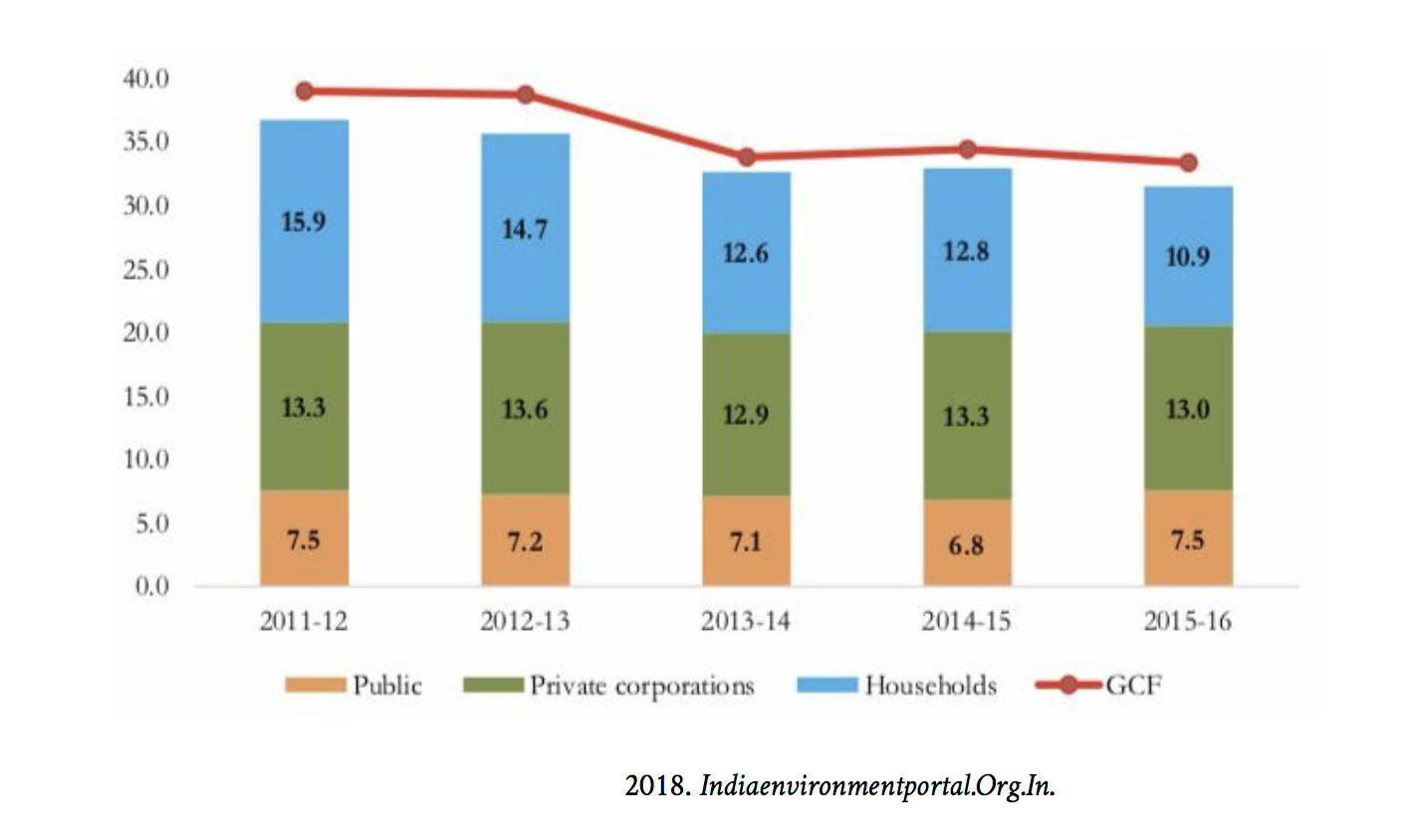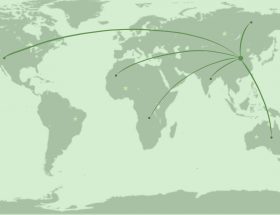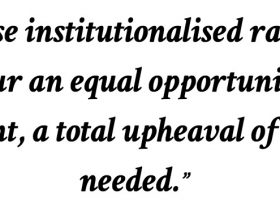In 2014 when Narendra Modi, a Hindu nationalist politician was sworn in as India’s 15th Prime Minister, he was hailed as the ‘saviour of India’. He was portrayed as a leader with a vision to develop India and a person who challenged the then present status-quo in the world’s largest democracy. This optimistic anticipation was, however, short-lived. As his term in office progressed, the illusion of Prime Minister Narendra Modi as the ‘saviour of India’ had been exposed. Within two years of his term, dissent was crushed, autonomous institutions were hijacked, democratic principles were at crossroads and the secular fabric of the country was threatened. However, the one fundamental component which was instrumental in exposing the illusion of Prime Minister Modi was the economy. Prior to the election, Mr. Modi had promised to strengthen and transform the economy. Contradictory to his promises, today the Indian economy is in shambles.
The macroeconomic environment in the country looks sluggish and uncertain. The prices of fuel and essential commodities have increased, thereby causing immense hardship for the common man. India’s currency, the Rupee is in freefall. Exports have declined and imports have become increasingly expensive. Consumer confidence has declined to 95 index points in 2018 as compared to 117 index points in 2012, indicating that the economy is contracting. Foreign investors have pulled out $900 million from the Indian markets due to concerns over the macro climate in the country. According to a report by the Morningstar Investment Adviser India, the pull out of investments was due to a “Widening current account deficit due to a surge in oil prices, depreciating rupee, concerns over the government’s ability to meet fiscal deficit targets, and lower-than-expected GST collection fanned uncertainty over the country’s macro outlook”. The two main economic reforms of the Modi Government, demonetization and the Goods and Services Tax (GST) Bill have done more harm than good for the country. Demonetisation and the hasty implementation of the GST caused great destruction to the economy.
The Goods and Services Tax (Bill) was a historic tax reform introduced by the previous Congress Government which aimed at simplifying all indirect taxes into one simple tax. The hasty and poor implementation of the tax reform caused distress to businesses. The public had no time to understand and adapt to the new tax reform. This also led to the closure of many firms thereby directly impacting the economy.
On November 8th, 2016, the Modi government demonetized 86% of the nation’s currency, that is, they stripped it of its status as a legal tender. The motive behind the act was to counter black money and counterfeit currency. However, the report from the Reserve Bank of India depicts another story. The report published this August states that around 99.3% of the “demonetized” currency returned to the banking system. This implies that it has failed to achieve its core objectives of countering black and counterfeit currency. This disastrous move brought about immense suffering. It is estimated that around 100 people died waiting in ques in front of ATMs and banks to either withdraw, exchange or deposit money. It also affected the economy by reducing GDP by about 1.5 percentage points. The economy was paralyzed due to the shortage of cash. Businesses were hit, many micro, small and medium enterprises were shut down resulting in the fall of production wage and employment. This failed reform cost approximately 3.5 million jobs.
At present, unemployment is the most significant problem in India. It is reported that the rate of unemployment in India is the highest its been in twenty years. As per the CMIE date the unemployment rate this year is continuously on the rise and is approximately at 7 percentage points. Prime Minister Modi during his election campaign had promised to provide 10 million jobs. The government has not only failed to provide those 10 million jobs a year but also has failed to take steps to tackle the problem of unemployment.
The decline in investment is also another reason for an increasing unemployment rate. The clause 1.22 of the Economic Survey 2017-18 of the Government of India has categorically stated that “There has been a consistent reduction in investment rate from close to 39% in 2011-12 to 33.3% in 2015-16”. This exemplifies that the Prime Ministers pilot project ‘Make in India’ which encourages companies to manufacture in India with an aim to increase investment has also failed to fulfill its objective. The Economic survey also stated that the Foreign Direct Investment declined from $60.08 billion in 2016-17 to $33.75 billion in 2017-18.

These investment figures are important, as a decline in investment leads to less production which results in rising unemployment rate which in turns affects the Gross Domestic Product (GDP). This what economists called Okun’s Law, an explanation of how much of a country’s GDP is lost when the unemployment rate us high or above the natural rate. Hence, as was predicted by various economists, there has been a decline in the GDP growth rate. The government forecasted the economic growth to be at 6.5% in 2017-18 as compared to 7.1% in 2016-17. With all these forecasts and schemes in play, it is rather ironic that, until now, the government has not been able to match the growth rates of the previous government. The previous Congress-led Governments UPA-1 and UPA-2 which ruled India between 2004 and 2014, and which had remarkable growth rates of 8.37% and 7.68% respectively. The UPA-1 government even clocked a growth rate of 10.08% in 2006-07 and also had managed to provide economic stability following the 2008 financial crisis.
A colossal failure of the Modi Government is the inability to address the agrarian crisis in India, an issue close to the hearts of many Indians. There has been an increase in farmer suicides in the country due to their failure to repay debts, due to the steady decrease in farm income. Lack of rains and the government’s ignorance has cost farmers their lives as well as their resources. The Agriculture growth rate has been showing disturbing signs as the growth rate reduced to 2.1 % as compared to 4.9% in 2016-17.
The general elections await in May. Little has been done to improve the economy. The government refuses to acknowledge the mistakes made and continues to be ignorant. With failure in the economic front, Mr. Modi and his Bharatiya Janata Party (BJP) have resorted to communal politics by invoking religion and caste. There seems to be an apparent change in Prime Minister Narendra Modi’s behavior
and his vision at present when compared prior to the 2014 election. The people of India have come to terms with their view on the present dispensation, as illusion meets reality.
Satyajit Mohanan is a guest writer. Learn more about him here.




